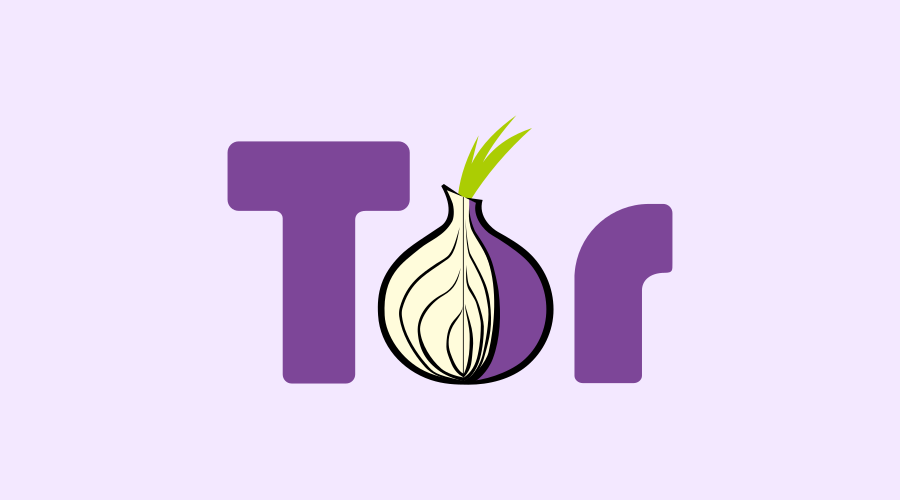10 Things You Probably Didn’t Know about Tor
- Cybersecurity
- Tor

Image: The Tor Project
The Onion Router (Tor) is a free and open-source software that enables anonymous communication on the Internet. It is often used to protect privacy and security, but it can also be used for a variety of other purposes.
In this blog post, we will explore 10 things you probably didn’t know about Tor.
1. Tor’s origin
Tor was originally developed by the US Naval Research Laboratory (NRL) in the mid-1990s, and it was intended to be used for military purposes.
The goal of the Tor project was to create a way for US intelligence communications to be routed through a series of relays, making it very difficult to track the source of the communications. The project was eventually declassified in 2002, and the Tor network was made available to the public.
2. About the name
The name “Tor” comes from the fact that Tor’s network is designed like an onion. Each time your traffic passes through a Tor relay, it is encrypted with a new layer of encryption. This technique is called onion routing and it makes it very difficult for anyone to track your activity back to you.
3. Anonymous web browsing
When you use Tor, your IP address is masked to make it difficult for websites to track your online activities.
IP address masking is a technique that hides your real IP address by routing your traffic through a series of relays, each of which has a different IP address. When you visit a website, it will only see the IP address of the last relay in the chain, which is not your real IP address.
4. Hidden services
Tor enables the creation and access of hidden services, which are websites hosted and accessible only through the Tor network. These websites using special top-level domain .onion. These domains are not listed in the public DNS record and you can not access them using regular browsers.
Hidden services are often used for illegal activities, such as drug trafficking and money laundering. But they can also be used for legitimate purposes such as whistleblowing and political activism.
5. Bridges
In regions where Tor usage is restricted or blocked, such as in certain countries or institutions, Tor offers a feature called bridges. Bridges are special relays that are not publicly listed, allowing users to bypass censorship and maintain their anonymity even in restrictive environments.
To use bridges, you need to know the bridge’s IP address and port number. You can find a list of bridges on the Tor Project website. Once you have the bridge’s information, you can configure your Tor client to use it.
6. Circuit switching
To enhance user privacy, Tor employs circuit switching. Circuit switching is a technique that creates a virtual circuit between your computer and the website you are visiting, making a unique path though the network.
A new circuit is created for each new connection. This means that your traffic is never routed through the same relays twice, making it very difficult to track your activity.
7. Bandwidth contribution
Tor’s network relies on volunteer-operated relays. Users can contribute to the network by running a relay to help distribute traffic and enhance the overall performance and anonymity of Tor.
8. Tor browser
To access websites using the Tor network, you can use the Tor browser. It is a modified version of Firefox that is designed to be used with the Tor network. It includes a number of features that make it more secure and anonymous, such as built-in encryption and the ability to block JavaScript.
9. Security vulnerabilities
The Tor network is a complex system and it is not without its security vulnerabilities. There have been a number of security vulnerabilities found in Tor over the years. However, the Tor community is quick to respond to such vulnerabilities and releases updates to maintain a secure network.
10. Usage by the law enforcement agency
Yes, law enforcement agencies also use Tor. They use Tor for conducting investigations, intelligence gathering, and tracking down criminal activities that take place on the Dark Web.
The use of Tor by law enforcement agencies is controversial. Some people argue that it is a violation of privacy, while others argue that it is necessary to protect the public.
The Tor Project, the organization that develops and maintains the Tor network, has a policy of not cooperating with law enforcement agencies. However, the Tor Project does not have control over how Tor is used by individual users.
Key Takeaways
Tor is a powerful tool that enables online privacy and access to information. In this blog post, we explored 10 facts about Tor, including its origins, the onion routing technique, and its ability to bypass censorship.
Things to keep in mind:
- Do not use Tor for illegal activities.
- Be careful about what information you share.
- Keep your Tor Browser up to date.